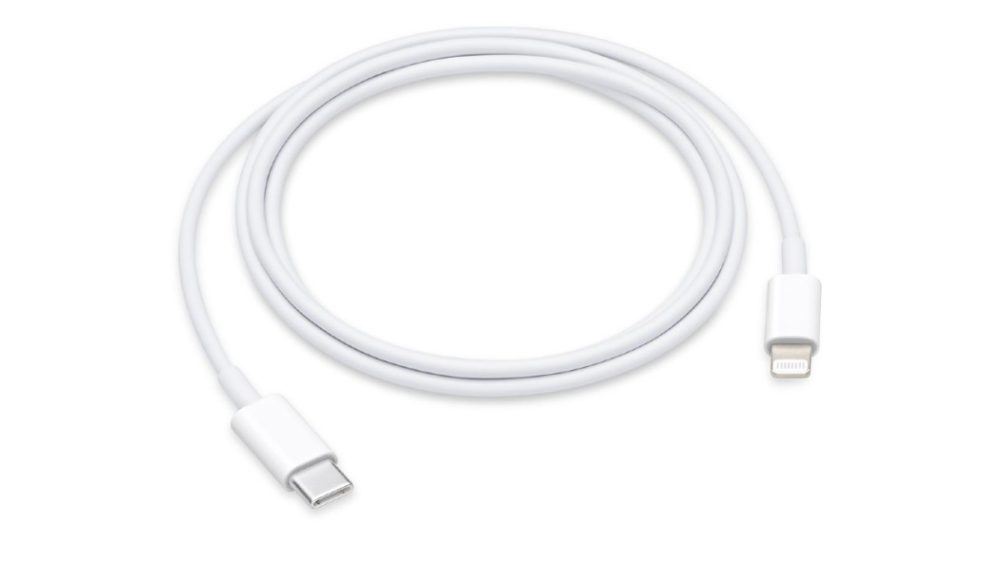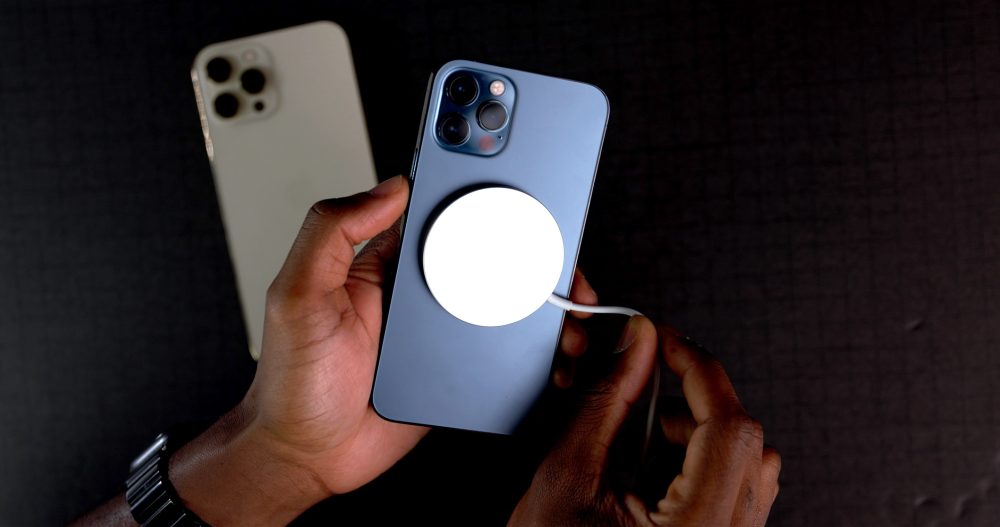
Apple no longer includes the standard USB charging brick with the iPhone 12, iPhone 12 Pro or iPhone 12 mini. There is only one cable included in the box — a USB-C to Lightning cable. But how can you charge the iPhone 12?
If you are coming from an older iPhone, you probably have a lot of USB-A to Lightning cables laying around.
These cables have a rectangular USB connection on one end a Lightning cable on the other; you put the Lightning connector into the iPhone to charge it. The iPhone 12 series of iPhones instead comes with a USB-C to Lightning cable. These cables feature the same Lightning port that goes into the iPhone but the other end is a rounded ‘capsule’-like shape; this is a USB-C connector.
What’s the best way to charge my iPhone 12?

The best way to charge the iPhone 12 is to use the included USB-C to Lightning cable (or any USB-C Lightning cable you can buy online) and a USB-C charger.
Apple will suggest you use its 20W USB-C charger. There are plenty of good third-party chargers like this 2-port charger from Anker, and many others available online.
Using a USB-C cable and USB-C charger will allow the iPhone to charge at faster speeds. Using USB-C, you can charge the iPhone to 50% in about half an hour. The highest wattage the iPhone 12 will use is around 22 watts, so a 20 watt or 30 watt charger will result in the about same charging speed. But basically any USB-C charger will be significantly faster than the old USB-A chargers.
Can I use my existing charger and cable with iPhone 12?
You can still use USB-A to Lightning cables with the iPhone 12, if you have them. You will just need a charger that has an old-style USB-A port on it. You probably have one of these already. Using USB-A, you can charge your iPhone 12 at a speed of 5 watts. This will charge your iPhone overnight, and is perfectly safe, but it will not be the fastest method.
In fact, you may find that the iPhone 12 charges more slowly than your old iPhone when using USB-A. This is because the capacity of the iPhone 12 battery is bigger and therefore charging it to full requires more power. Newer iPhones feature significantly larger batteries and therefore using fast chargers over USB-C is recommended as it will charge to full faster.
Whereas charging over USB-A may take three to four hours, you can fully charge over USB-C in about half the time. However, charging over USB-A is just as safe and will not damage your iPhone’s battery. So if you are charging overnight, it really doesn’t matter how fast it takes and you can continue using your existing charger.
What about wireless charging?

Apple supports fast wireless charging up to 7.5 watts. You can use any Qi-compatible wireless charging mat, like this one from Anker or this one from Belkin. Wireless charging is convenient and safe but it is not the fastest way to charge an iPhone. As the phone gets hotter on the pad, the amount of charge is reduced to protect the battery. This means wireless charging is slower than charging via a USB-C cable.
The iPhone 12 also includes a magnetic area on the back of the device, called MagSafe. This can be used with MagSafe accessories like the Apple MagSafe puck charger or the Belkin MagSafe dock. MagSafe is essentially a better version of Qi as the magnets auto-align with the case. Using the secure magnetic attachment, Apple enables up to 15 watt charging for MagSafe chargers. So for the best wireless charging, choose MagSafe over Qi … but the USB-C cable is still the fastest overall.
Author: Benjamin Mayo
Source: 9TO5Google



